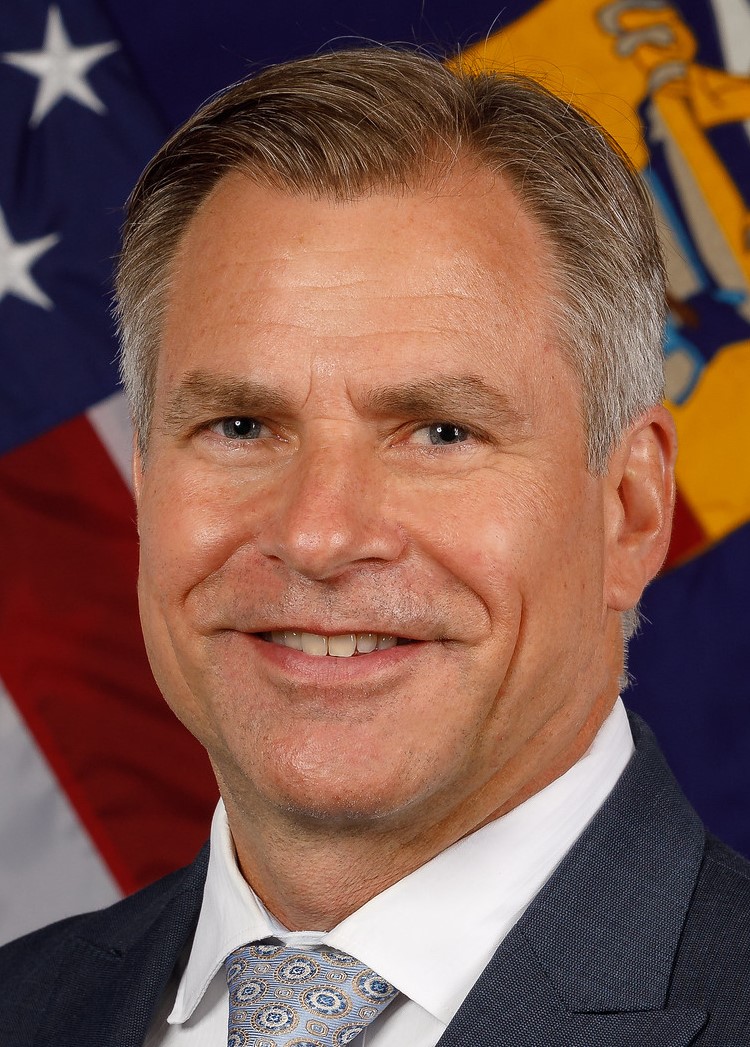James Wulff
Regional Administrator with the U.S. Department of Labor, Occupational Safety and Health Administration, San Francisco Regional OfficeCurrent Position:
Regional Administrator with the U.S. Department of Labor, Occupational Safety and Health Administration, San Francisco Regional Office
Education:
Master of Science in Occupational Safety and Health Management Board Certified Safety Professional (CSP)
Professional Experience:
Industrial Hygienist Compliance Officer
State OSHA Programs Director
Enforcement Programs Director
Whistleblower Programs Director
Deputy Regional Administrator
Regional Administrator
Special Honor
Speaking Topics
Can AI Advance Occupational Safety and Health? A Regulators Perspective
With the Occupational Safety and Health Act of 1970, Congress created the Occupational Safety and Health Administration (OSHA) to ensure safe and healthful working conditions for workers by setting and enforcing standards and by providing training, outreach, education, and assistance. The OSH Act covers most private sector employers and their workers, in addition to some public sector employers and workers in the 50 states and certain territories and jurisdictions under federal authority. Work injuries and illnesses exact a tremendous toll on society. Despite the decades-old legal requirement that employers provide workplaces free of serious hazards, every year, in the U.S. more than three million workers are seriously injured, and thousands more are killed on the job. The financial and social impacts of these injuries and illnesses are huge, with workers and their families and taxpayer-supported programs paying most of the costs. The most effective solution to the problem is to prevent workplace injuries and illnesses from occurring. This would spare workers and their families from needless hardship and suffering, as well as the loss of income and benefits associated with these conditions. With the emergence of Artificial Intelligence (AI), regulators like OSHA could harness its powers to improve their mission capabilities, while employers could add tools to cost-effectively enhance their worker safety and health programs.

